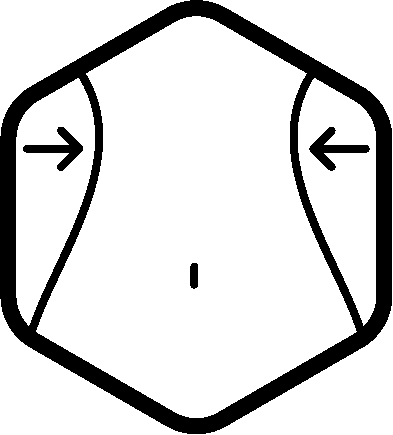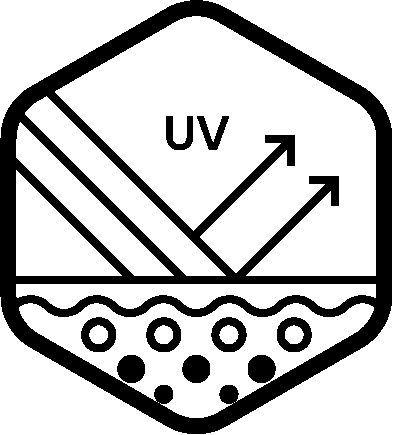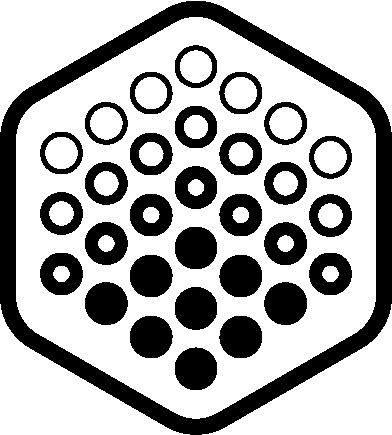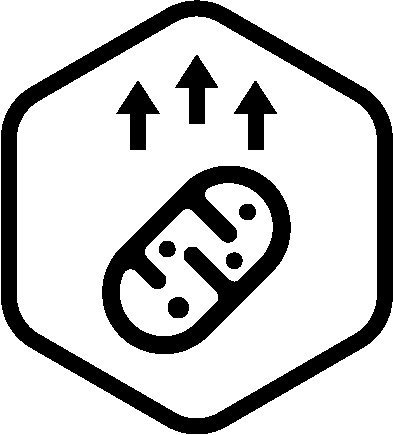Publication Date:
2011-05-20
Institutions involved:
- College of Biosystems Engineering and Food Science, Zhejiang University, Hangzhou, China
- College of Pharmaceutical Sciences, Zhejiang University, Hangzhou, China
- Graduate School of Bioagricultural Sciences, Nagoya University, Nagoya, Japan
Participants:
Brewer's yeast (S. cerevisiae)
Duration:
Laboratory study
Dosage:
N/A
Learn more
Try Apple Poly Now
Key Takeaways:
Phloridzin, a polyphenol found almost exclusively in apples boosts longevity genes SOD and Sir2, extending yeast lifespan up to 33% via validated gene pathways.
Human SIRT1 enzyme activity increased by treatment with phloridzin, showing potential cross-species relevance for aging support.
"Sir2 gene expression significantly increased compared to the untreated group... SOD is an essential gene for lifespan extension by phloridzin."
Apple Poly Summary:
Why is this study important? This paper establishes phloridzin—a prominent apple polyphenol—as a compound that can extend lifespan through genetic and enzymatic activation. Its dual ability to lower oxidative stress and stimulate SOD and Sir2/SIRT1 pathways in yeast and recombinant systems positions it as a gene-modulating antioxidant. The validated yeast model, consistency with resveratrol effects, and confirmation in human SIRT1 activity assays elevate its scientific relevance. Apple Poly® is standardized to 5% phloridzin- the richest known source.
In Plain English: Researchers gave yeast a compound found in apples. At certain doses, this compound helped the yeast live longer by turning on special anti-aging genes and lowering cell damage from stress. It even showed similar effects on human proteins in lab tests.
How Yeast Helps Us Understand Aging: Studying human lifespan takes decades— too long for researchers to quickly test which compounds might slow aging. That’s why scientists turn to short-lived organisms like yeast, roundworms, fruit flies, and mice. These creatures age in days or weeks, not decades, and share many of the same cellular pathways as humans. By observing how certain nutrients or molecules affect their health and longevity, scientists can spot clues about what might work in people.
For Medical Professionals: Phloridzin extended replicative lifespan in K6001 S. cerevisiae via upregulation of SOD1, SOD2, and Sir2 mRNA and enzyme activity. Antioxidant protection was dose-sensitive, with 10 μM being optimal. ROS suppression and SIRT1 activation observed in vitro support its use as a candidate SIRT1 agonist and mitochondrial stress modulator. Lifespan extension was absent in sod1 and sod2 knockouts, confirming genetic dependency.
Abstract:
The anti-aging effects of phloridzin on the yeast Saccharomyces cerevisiae were investigated by employing a replicative lifespan assay of the K6001 yeast strain. After administrating phloridzin at doses of 3, 10, and 30 �M , the lifespan of the yeast was significantly prolonged in comparison with the untreated group (p < 0:01, p < 0:001). To determine the mechanism of action, anti-oxidative experiments and ROS assay were performed. Phloridzin improved the viability of the yeast dose-dependently under oxidative stress by 7.5 mM H2O2, and a low dose of phloridzin inhibited ROS of the yeast. Further, SOD1, SOD2, and Sir2 gene expression was examined by reverse transcription-polymerase chain reaction (RT-PCR), and was found to be significantly increased. Finally, superoxide dismutase (SOD) and SIRT1 activity assays showed that phloridzin notably increased the activity of SOD and SIRT1. These results suggest that SOD and Sir2 have important roles in phloridzin-regulated lifespan extension of yeast, and potentially anti-aging effects for mammalian cells via SIRT1.
Xiang, Lan, et al. “Anti-Aging Effects of Phloridzin, an Apple Polyphenol, on Yeast via the SOD and Sir2 Genes.” Bioscience, Biotechnology, and Biochemistry, vol. 75, no. 5, May 2011, pp. 854–858. https://doi.org/10.1271/bbb.100774.

















